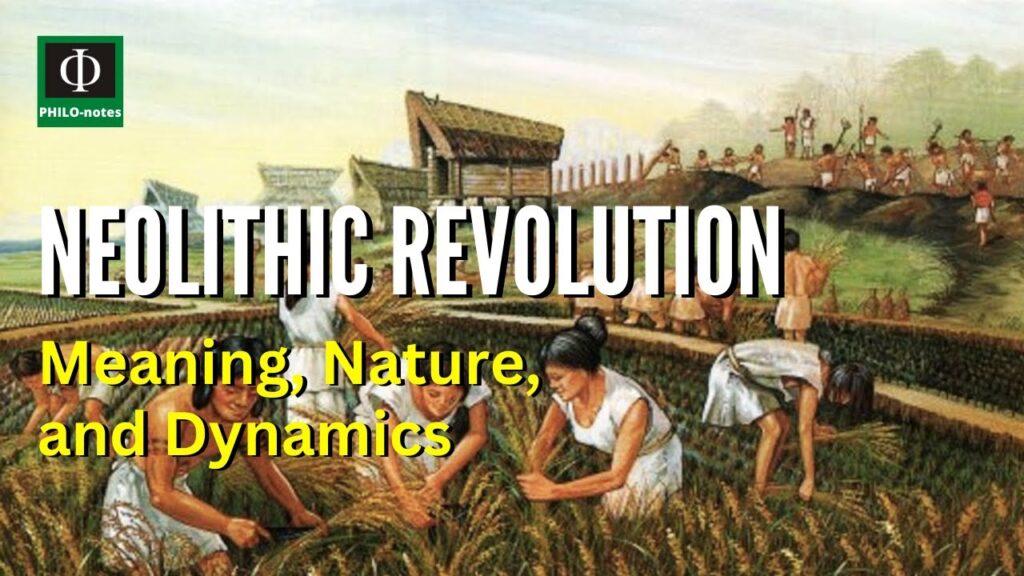The Neolithic Revolution, also known as the Agricultural Revolution, was a significant period in human history that marked the transition from hunting and gathering to agriculture and settlement. This revolution took place around 10,000 BCE, in the Middle East, and later spread to other parts of the world, including Europe, Asia, Africa, and the Americas. It was a time when humans learned to domesticate plants and animals, and this led to significant changes in their way of life.
Prior to the Neolithic Revolution, humans were primarily hunter-gatherers, who lived in small groups and relied on the wild environment to survive. They hunted wild animals, gathered fruits, nuts, and seeds, and moved around in search of food and water. However, with the development of agriculture, humans began to settle down in one place and cultivate crops and livestock. This led to the growth of villages and eventually to the development of cities and civilizations.
One of the most important developments during the Neolithic Revolution was the domestication of plants. Humans learned to cultivate crops such as wheat, barley, rice, and corn, which allowed them to produce more food than they could gather in the wild. They also developed new techniques for irrigation, planting, and harvesting, which helped them to improve their agricultural productivity. As a result, they were able to sustain larger populations, and this led to the growth of settlements and the emergence of social stratification.
Another significant development during the Neolithic Revolution was the domestication of animals. Humans began to raise animals such as cows, sheep, pigs, and chickens, for food, clothing, and transportation. They also used animals to plow fields and pull carts, which made agriculture more efficient. This led to the growth of animal husbandry and the development of new technologies such as the plow, which helped to improve agricultural productivity even further.
The Neolithic Revolution also had significant social and cultural implications. With the growth of settlements and the emergence of social stratification, humans began to develop new forms of political and economic organization. They created new social structures such as chiefs, kings, and priests, who wielded power and authority over others. They also developed new forms of religion and art, which reflected their changing social and cultural values.
In conclusion, the Neolithic Revolution was a significant period in human history that marked the transition from hunting and gathering to agriculture and settlement. It was a time when humans learned to domesticate plants and animals, which led to significant changes in their way of life. The development of agriculture allowed humans to produce more food than they could gather in the wild, which led to the growth of settlements and the emergence of social stratification. This, in turn, led to the development of new forms of political and economic organization, religion, and art, which reflected the changing social and cultural values of human societies.


